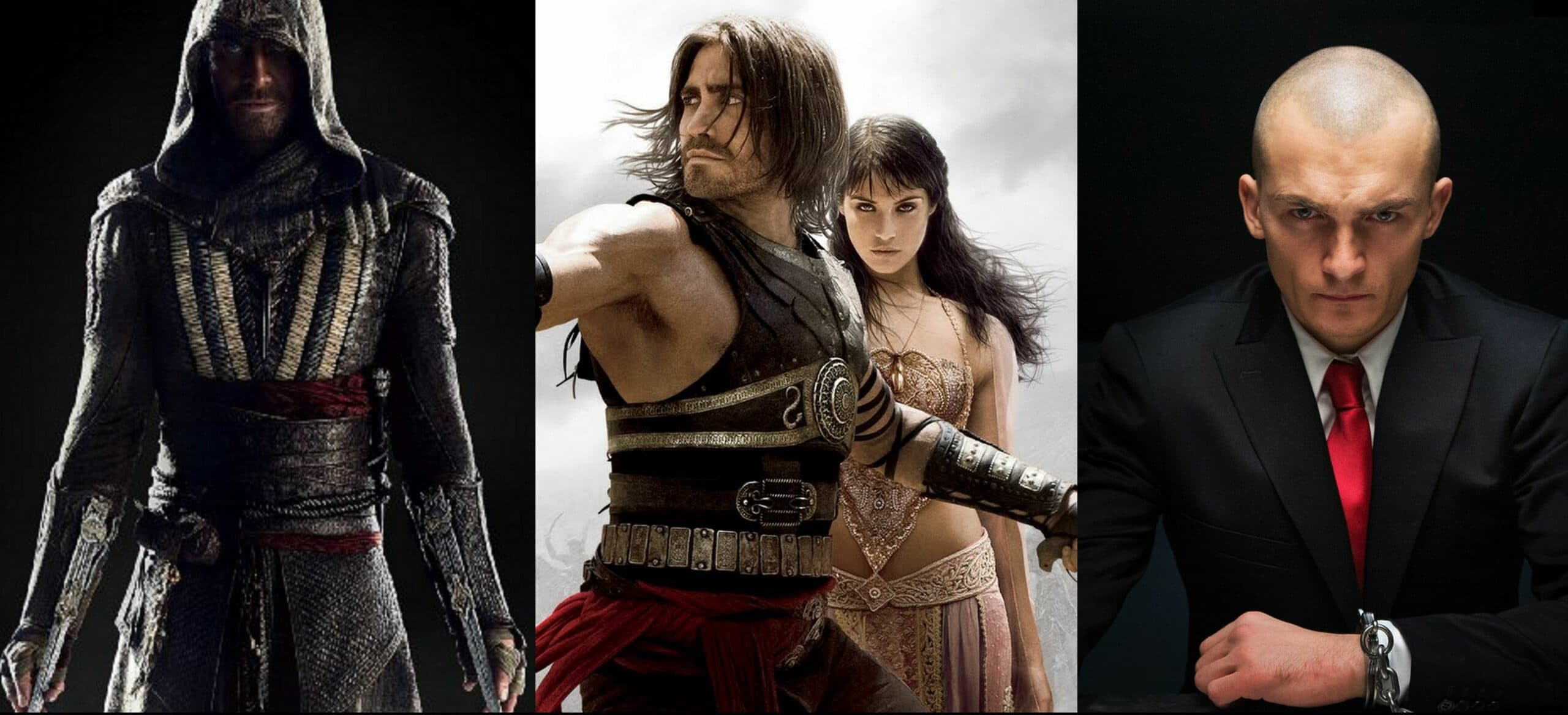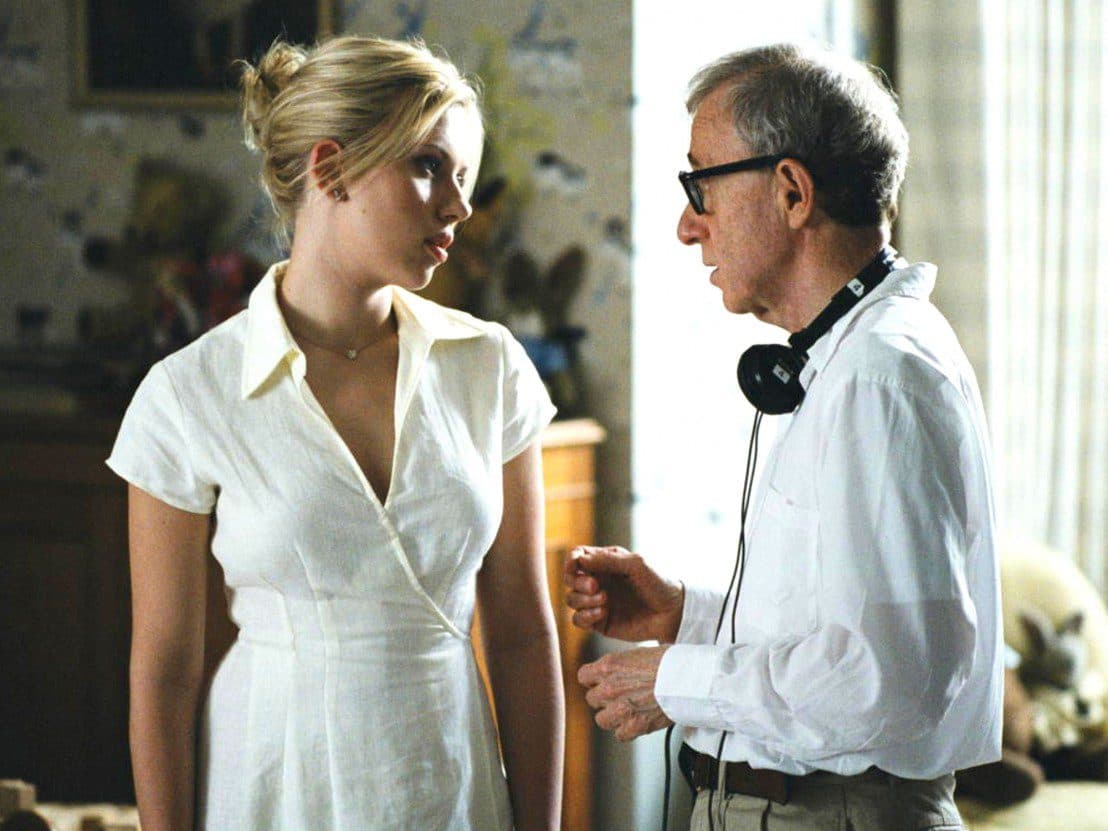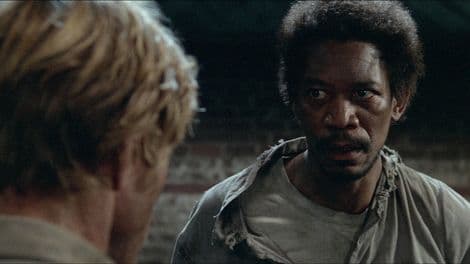Movies
337 Articles
Top Woody Allen Movies: A Look at His Success, Personal Life, and Notable Controversies
11 min read11' read
Uncovering the Story Behind “Brubaker”: A Deep Dive into its Real-Life Inspirations and Impact
6 min read6' read
Willy Wonka and the Chocolate Factory: A Deep Dive into Characters, Themes, and Legacy
14 min read14' read
Discover top 10 categories
Let's explore the most popular categoriesYour Movie Obsession Just Got Deeper 🍿
Get ready for lively discussions, unique takes on your beloved movies and shows, and insider peeks at your favorite stars. Join the conversation.- 01Create a free account.
- 02Write your stories.
















